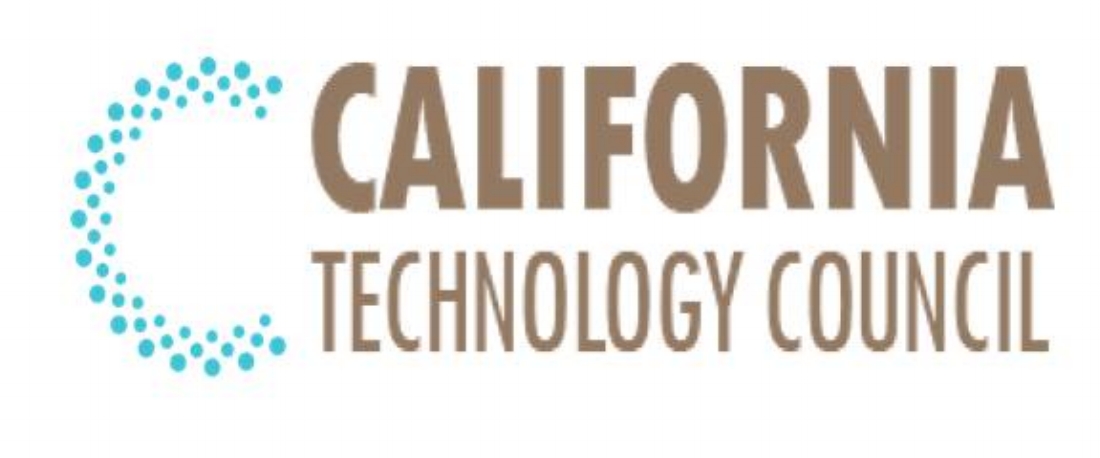Special to the California Technology Council
The Great Recession eliminated nearly nine million American jobs. The damage to U.S. labor markets was the most extensive, in both absolute and percentage terms, since the Great Depression, destroying all employment growth over the prior decade. Just as alarming, nearly five years later, more than 20 million Americans remain jobless, underemployed, or have left the workforce discouraged.
With the hope of generating new policy ideas, my colleague, Courtney Geduldig, and I launched an effort in April of 2011 to better understand the damage to U.S.labor markets and reasons for the halting pace of post-recession job creation.
Shortly after we began our investigation, we learned of research conducted in 2009 using Census Bureau data, and subsequently re-analyzed at the Ewing Marion Kauffman Foundation, that demonstrates that virtually all net new job creation in the United States between 1977 and 2005 came from businesses less than a year old - true "start-ups." New businesses, the research shows, create an average of three million new jobs annually, while existing firms of any age, type, or size, in aggregate, shed about one million jobs each year.
Investigating further, we also learned that, alarmingly, the number of new businesses launched each year - and the average number of new jobs created by each new firm - have declined significantly in recent years. In the year ending March of 2013, new businesses created 2.8 million new jobs, down 40 percent from the 4.7 million new jobs created by new businesses in 1999.
To find out why, we launched an ambitious summer road-trip - conducting roundtables with entrepreneurs in 12 cities across the nation. More than 200 entrepreneurs participated, explaining in specific and vividly personal terms the obstacles and frustrations undermining their efforts to launch new businesses, expand existing young firms, and create jobs.
Our summer on the road made a number of critical realities vividly clear:
First, young businesses are extremely fragile - a third fail by their second year, half by their fifth. And yet, those new businesses that survive tend to grow and create jobs at very rapid rates.
Second, start-ups are different from existing businesses and their policy needs are unique. While the challenges they confront are similar to those experienced by all businesses, their ability to successfully navigate those challenges is much more limited.
Third - and enormously significant from the standpoint of potential policy solutions - the problems and obstacles encountered by entrepreneurs across the country are remarkably consistent. Entrepreneurs from Austin to Boston and from Seattle to Orlando told us of the same burdens, frustrations, and difficulties.
Finally, policy help for America's job creators is urgently needed. More than 20 million Americans remain out of work or underemployed, and the engine that has historically produced all net new jobs is breaking down.
In Where the Jobs Are, we present 30 specific policy proposals based on what the nation's job creators told us they need. The resulting policy agenda amounts to an altogether new, uniquely credible, and vitally important game plan for unleashing the job creating capacity of America's powerful entrepreneurial economy - and putting a beleaguered nation back to work.

